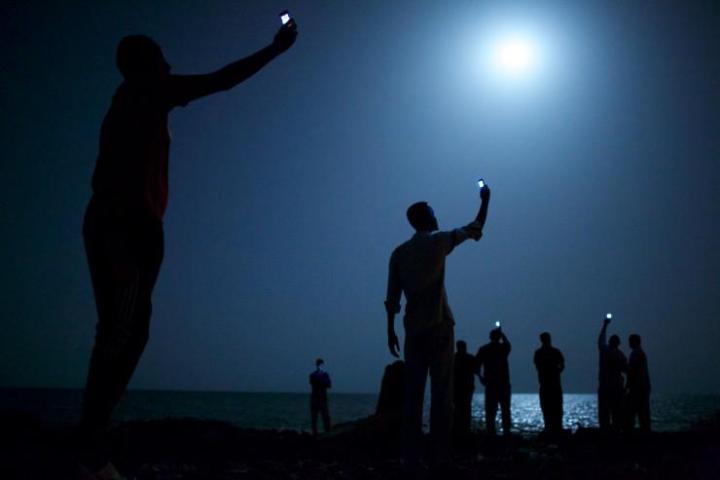
Updated by Les on 2-17-2014: Just when we thought this year’s contest was in the clear, now comes a new batch of brouhaha. When we noticed both winner John Stanmeyer and WPP jury chair, Gary Knight, are both affiliated with the VII photo agency, we wondered if that might be some cause for concern. Sure enough, now there’s an accusation of conflict of interest.
According to the The New York Times, Knight said he tried to remove himself from judging when it involved Stanmeyer’s photo, but WPP rules didn’t allow it. Knight said he had no sway in Stanmeyer receiving the win, although many are skeptical.
As we mentioned, the WPP overhauled its rules, making the contest stricter when it comes to digital enhancements and alterations. After examining all the RAW files, an outside expert found 8 percent of submissions violated the rules.
Knight also raised more eyebrows when he said this year’s photos had a “perceived lack of depth.”
“I’m seeing in these awards the real-life consequence of the lack of resources that photographers have to go out into the world and cover stories with any depth at all,” Knight told the British Journal of Photography.
Check out the video after the full story, where Knight talks more about the contest.
Original article from 2-15-2014
A photo that demonstrates the impact of mobile phones on modern human civilization has been named the 57th World Press Photo of the Year. The photo, “Signal,” captured by American photographer John Stanmeyer (a founding member of the VII photo agency, who has worked almost exclusively for National Geographic), shows African migrant workers on the shore of Djibouti attempting to grab cheap reception with their cell phones from neighboring Somalia. It illustrates how big of a role cell phones and technology play in our lives, even in places considered as Third World by the West.
“It’s a photo that is connected to so many other stories – it opens up discussions about technology, globalization, migration, poverty, desperation, alienation, humanity,” World Press Photo jury member Jillian Edelstein said. “It’s a very sophisticated, powerfully nuanced image. It is so subtly done, so poetic, yet instilled with meaning, conveying issues of great gravity and concern in the world today.”
According to the World Press, Djibouti is used by migrants from places such as Eritrea, Ethiopia, and Somalia, as a transit point before heading Europe and the Middle East, in search of a better life. Besides being named Photo of the Year, the image was also the first-prize winner in the Contemporary Issues category. (The photo was shot with a Canon EOS 5D Mark III, at shutter speed of 1/41, ISO 10,000, and f/1.4.)
While winning images tend to be powerful and comment on social issues, the World Press is probably hoping Stanmeyer’s image won’t cause controversy as the last winner did, a photo of a funeral procession of two young boys killed in an Israeli airstrike, in Gaza City, Palestinian Territories. Photographer Paul Hansen was accused of having doctored the image. While the World Press’s investigators validated the photo as authentic, nonetheless the World Press had to reevaluate its policies, citing stricter rules moving forward.
Click here to see the other winners.
(Via World Press Photo)
This article was originally published by Les Shu on 2-15-2014.


